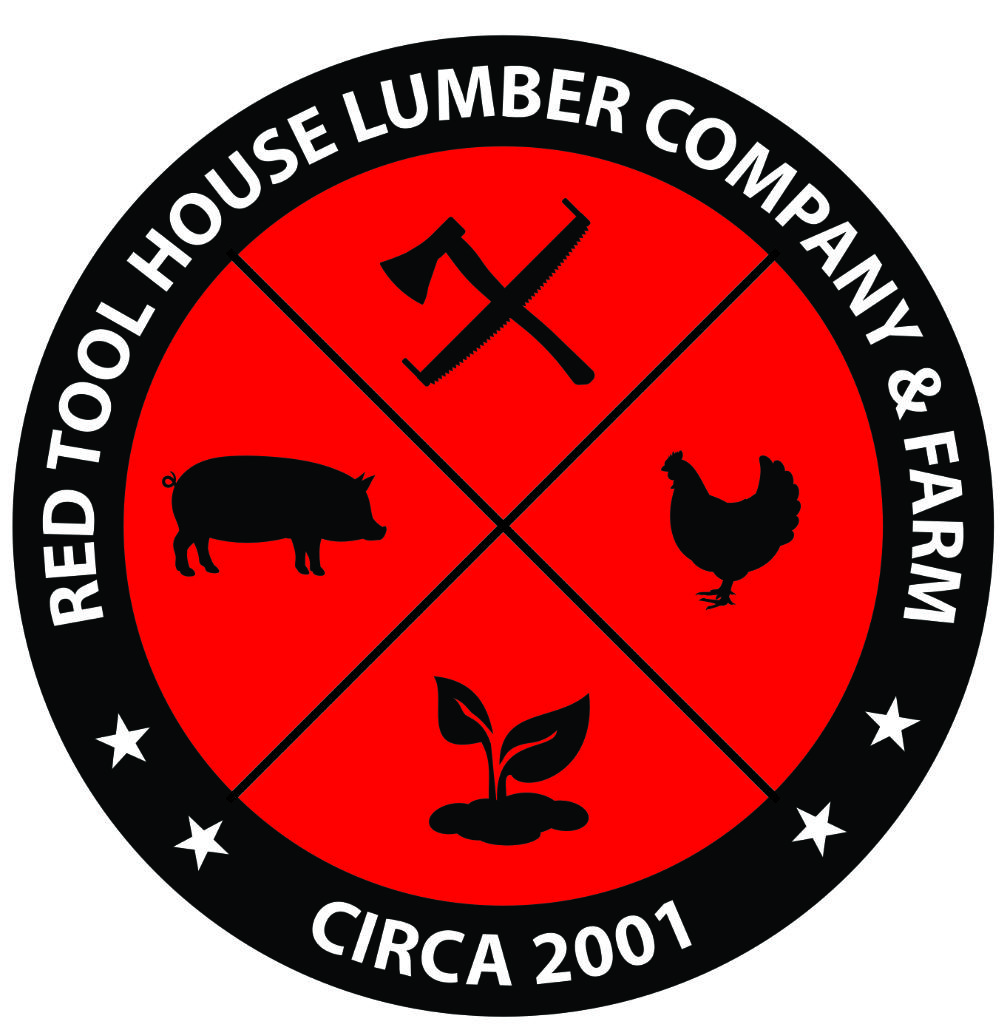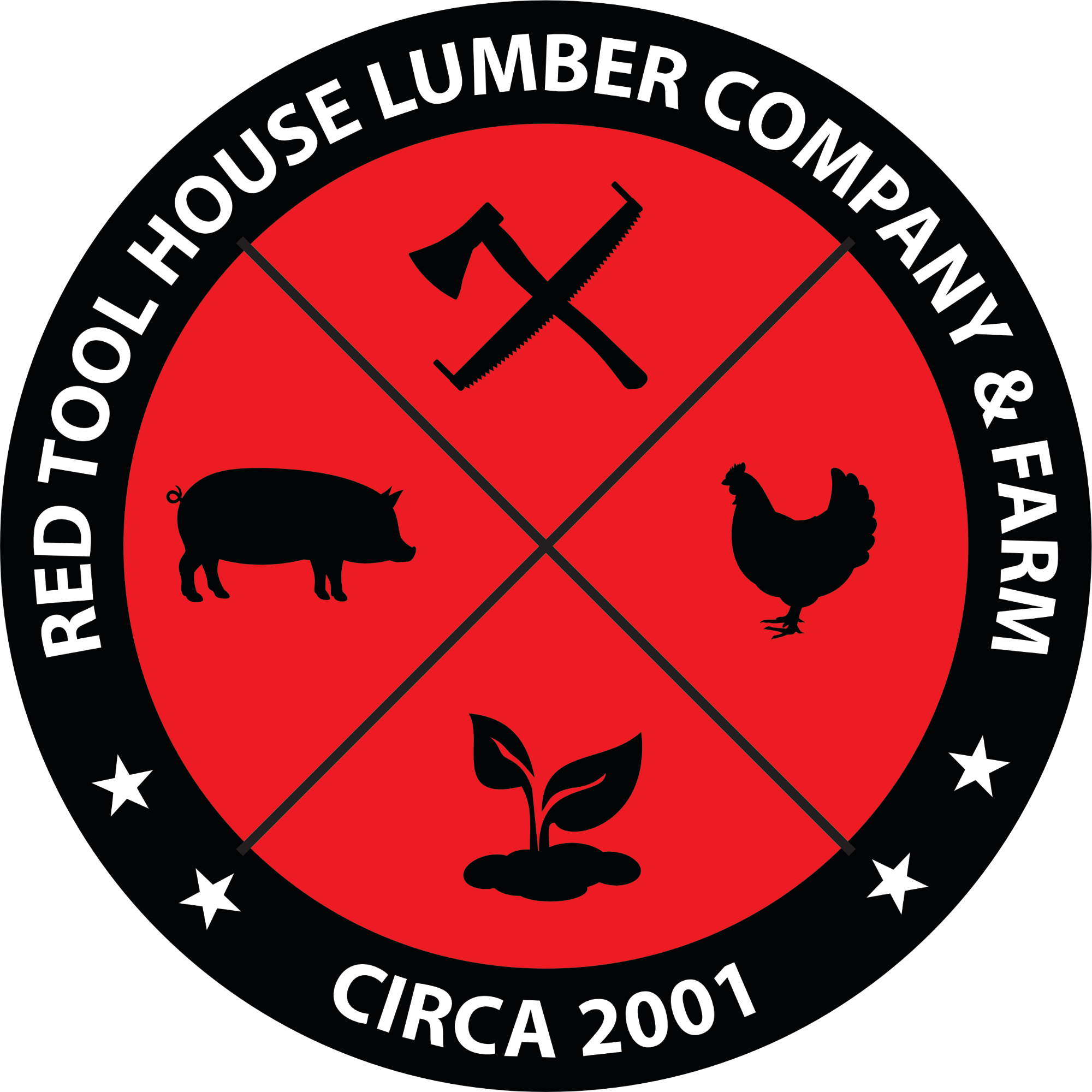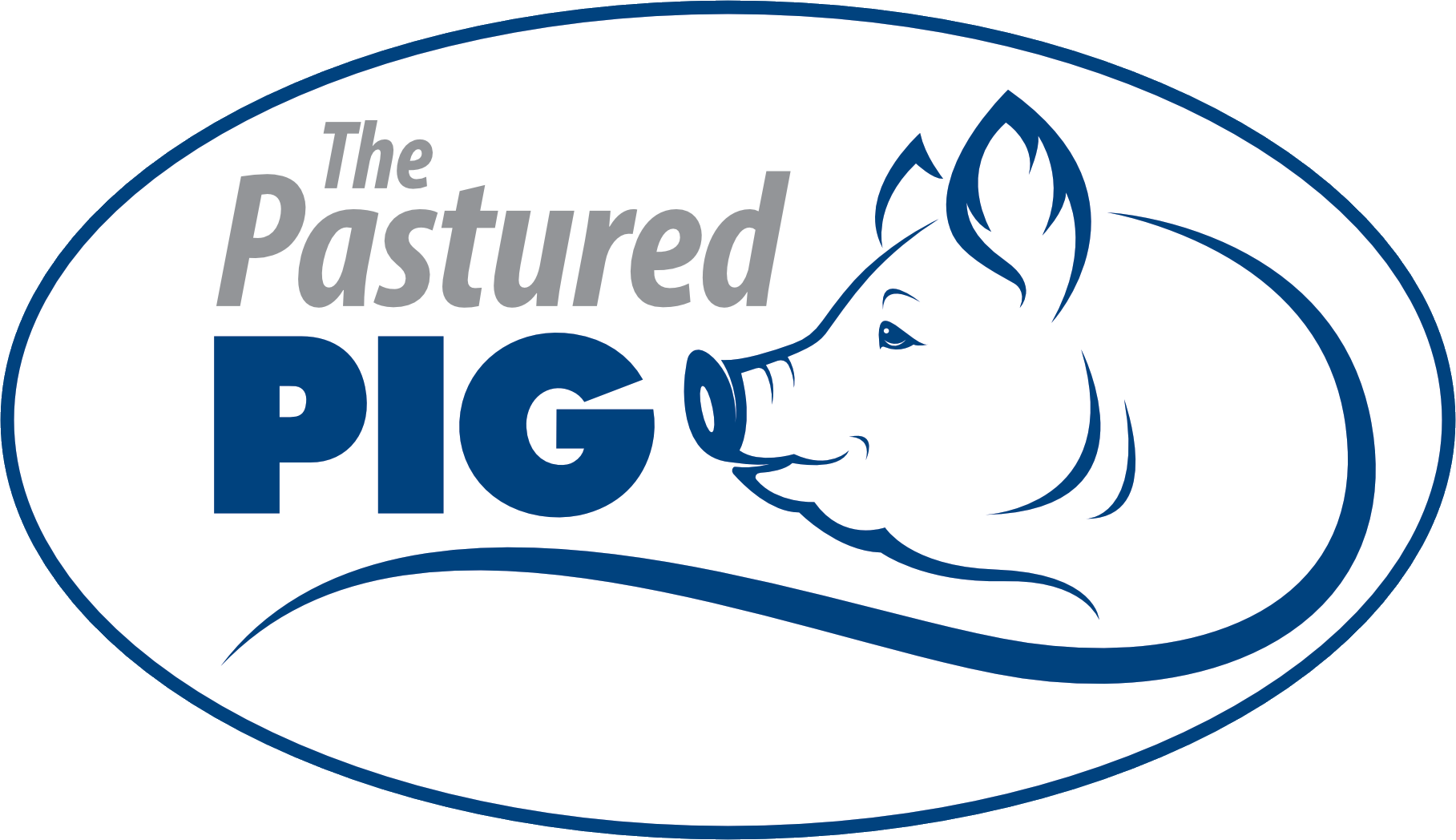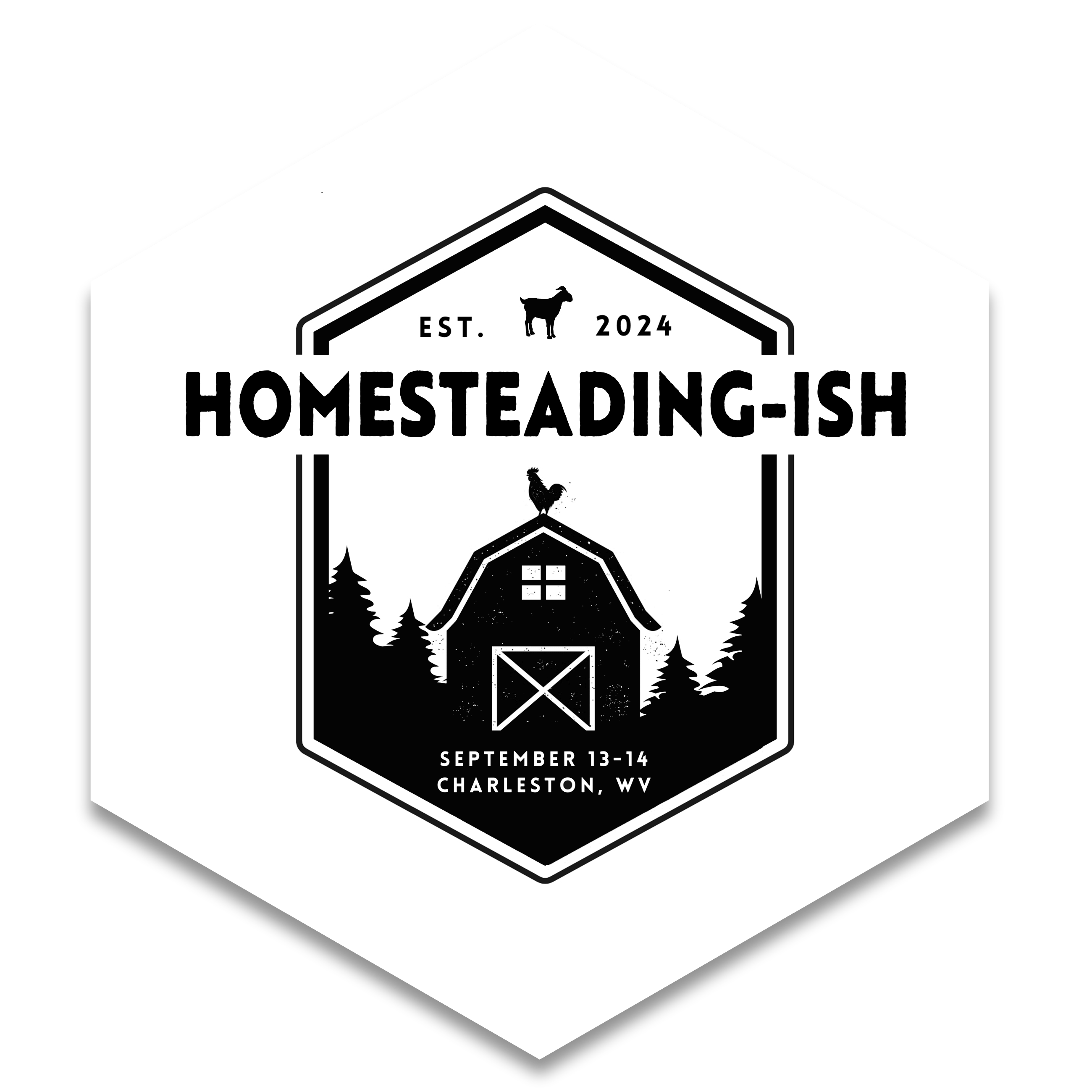In part 4 of our “Getting Started with Chickens” series, its time to start our conversation about housing your chickens. There are as many options for housing as there are for breeds of chickens. Whether you are planning on free-ranging or keeping them in a small run, you still have to give them a place to rest their heads at night (ok, so maybe they don’t actually rest their heads – you get the point).
It is important to look at what you want the housing to offer:
- Roosting bars
- Protection from predators
- Protection from the weather
- Nesting boxes for eggs
- Access to forage
- Access to feed/water
For many backyard chicken people, free ranging or wide open pasture isn’t an option. A small section of yard is all that is needed for a small flock. Chickens don’t require a great deal of space in order to be healthy, but keep in mind, the smaller the space the more maintenance/cleaning you will need to do to keep your birds happy.
When we had a small flock, I had them in a “chicken tractor” that we made (pictured above). A chicken tractor is any containment that gives the birds access to the ground and can easily be moved around on a regular basis. Moving them around allows the manure to be spread out instead of accumulating in on small area in your yard.
Our tractor was a 3 x 8 cage made from 2×4 lumber and chicken wire. I kept 10 hens in it as they were maturing to egg laying age. Moving the tractor every day was a small chore but it gave the little ladies access to fresh grass every day. Living rural as we do, I was able to put the tractor in the front yard without too much complaining from the farm wife. After a couple of weeks of moving it around, the nutrient rich chicken manure had the yard looking like an Irish quilt. There were various 3×8 rectangles all over the yard that were emerald green!
Key things to consider when choosing the chicken tractor option:
- Hang your feed and waterer so they are suspended from the top. This will allow you to drag the tractor without having to reach in every time to move the feeder and water.
- Don’t build your tractor too heavy. My 2×4 lumber choice was overkill and made the tractor pretty heavy. I had to keep an old furniture dolly handy to move it around.
- Include a cover of some sort. Whether it is a tarp or a ridge piece of roofing material, choose something that will provide shade and allow them to get out of the rain or snow.
- Make sure you include room to add nesting boxes if you are housing egg layers. The nesting boxes should be off the ground and be covered. Chickens like to lay eggs in nests that are dark and cozy.
- You will need some sort of opening mechanism on the top so you can add feed and water. One suggestion is to make two doors. On our tractor, one part of the top opens only a 3×2 area so I can access the feeder and water without the entire top opening and risking a chicken trying to start a prison break. You still want a large door incase you need to get in to check on a bird or access a different part of the tractor.
- Include some roost bars for them to roost at night. We used 1 inch dowel rods that we attached across the width of the tractor.
- Depending on the number of birds you have and the size of your tractor, you may need to move it daily or every couple of days. Keep an eye on how much they are eating down the grass. Chickens can be very destructive to the ground if they are allowed to scratch heavily in the same area.
- Figure out your drag plan (this has nothing to do with cross-dressing). A drag plan keeps you from boxing yourself in a corner with the tractor placement. I would always start at one end of the yard and position the tractor so it could be moved in a linear direction to the other end of the yard. Once at that end, I would move the tractor over the width of the cage and head back the other direction. Just imagine a chicken typewriter. When you get to the end, drop down a line and head back. You can even make the “ding” sound at the end of the line (your neighbors should enjoy that)
- Lastly, be careful each time you move the tractor. The chickens may run to the opposite end of the tractor at which you are standing out of fear. As you start to pull the tractor, you could quickly slide over their legs or bodies and cause injury.
The tractor is a great housing option. Although I have used it for a small egg layer flock, I really like it for raising meat birds. It really helps them put on weight and gives them access to great forage. I even get some sick, twisted pleasure out of dragging the pen over a nest of carpenter ants. They chickens are like ant assassins as they peck the hill apart.
Next installment, we will discuss fixed coop options…







Leave A Comment